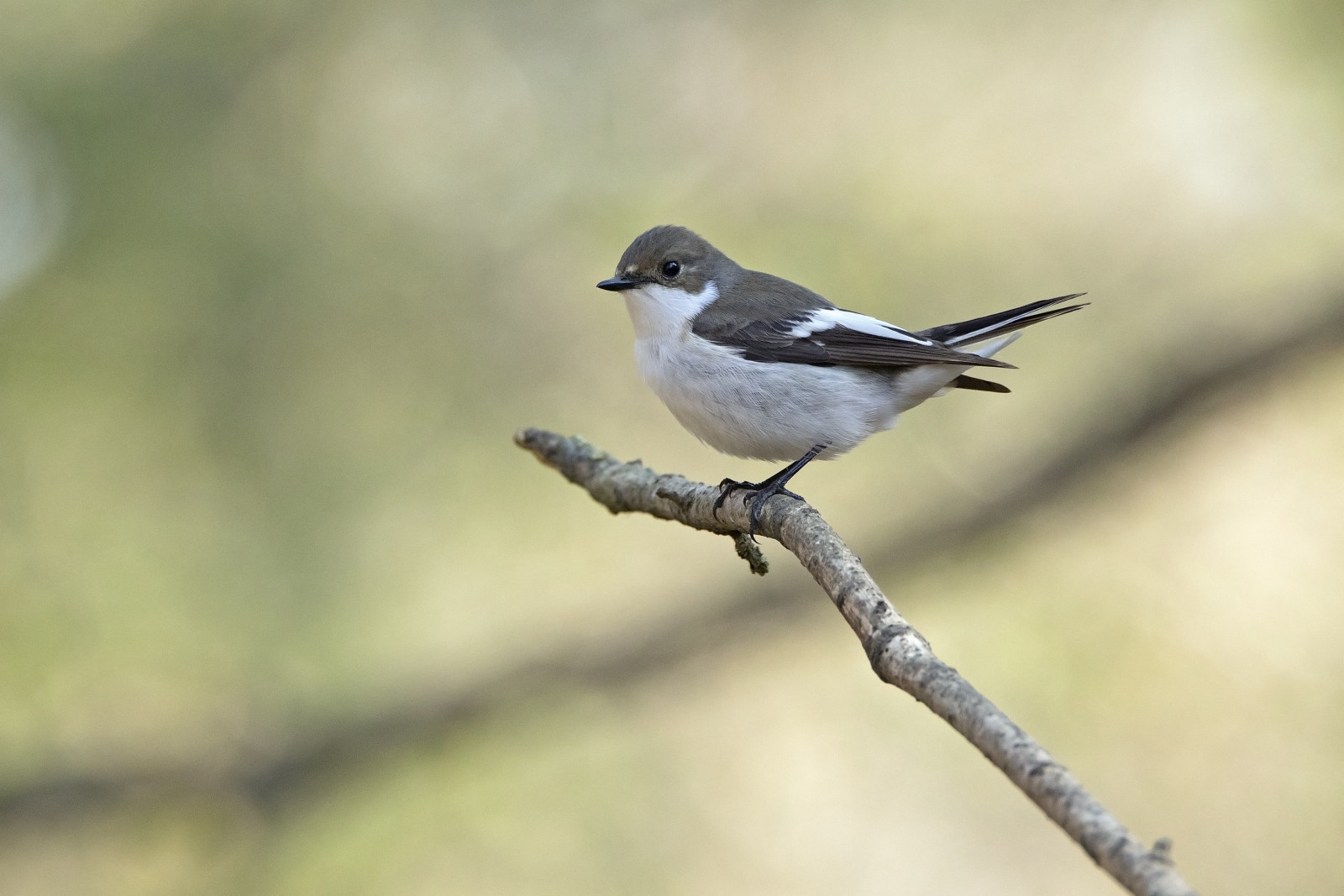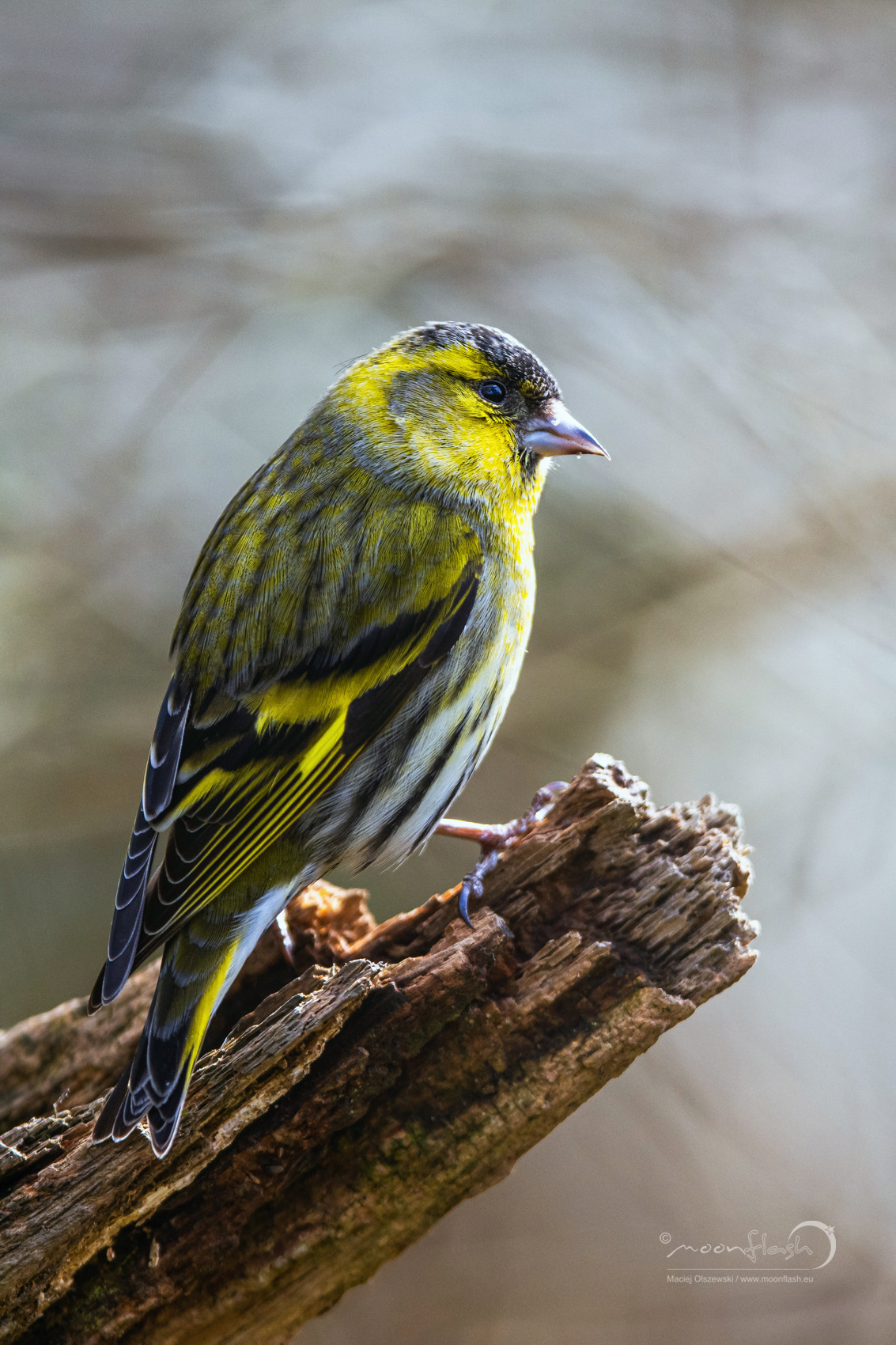Description
Yarner Wood, Trendlebere Down and the Bovey Valley are part of the East Dartmoor Woods and Heath's National Nature Reserve. Yarner Wood itself is a heavily wooded area with many mature Oak trees, it is renowned in Devon for it's breeding population of Pied Flycatcher, also highly likely is Lesser Spotted Woodpecker, Common Chiffchaff, Willow Warbler, Blackcap, Common Redstart, and possibly Spotted Flycatcher. For birdwatchers with more time a walk just to the North onto Trendlebere Down could be productive for Eurasian Nightjar, European Stonechat and Tree Pipit, during winter Hen Harrier, Merlin and Short-eared Owl are a strong possibility.
Details
Access
The A38 (called here the Devon Expressway) between Exeter (to the East) and Plymouth (to the West), runs close to the town of Bovey Tracey. Turn off A38 (near Heathfield) onto A382 to Bovey Tracey, on reaching Bovey Tracey turn Left at roundabout onto B3387 signed Haytor/Widdicombe, after approximately 1 mile take Right fork signed Manaton, this road takes you past the entrance to Yarner Wood, on a bend look for wooden fence and East Dartmoor Nature Reserve/Yarner Wood signs on the left, take this minor road to wood and car park.
Terrain and Habitat
Forest , Scattered trees and bushes , Valley , Moors/heathland , RiverConditions
Flat , HillyCircular trail
YesIs a telescope useful?
NoGood birding season
All year roundBest time to visit
Winter , Summer , Spring migration , Spring , Autumn , Autumn migrationRoute
Paved road , Wide path , Narrow trailDifficulty walking trail
Average walkAccessible by
Foot , Bicycle , CarBirdwatching hide / platform
NoExtra info
There are numerous footpaths running throughout the reserve, enabling you to take shortcuts. The circular trail as shown on the map is 3,7 km. ALSO PLEASE NOTE as well as Yarner Wood birds I have included those birds that can be expected around the immediate area. **WARNING** as of MARCH/APRIL 2021, there has been thefts of CATALYCTIC CONVERTERS from parked cars in the YARNER WOOD and TRENDLEBERE DOWN area.


